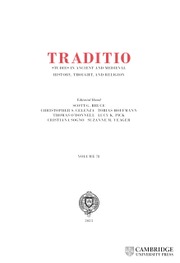Plague and the End of Antiquity
Plague was a key factor in the waning of Antiquity and the beginning of the Middle Ages. In this volume, the first on the subject, twelve scholars from a variety of disciplines - history, archaeology, epidemiology, and molecular biology - have produced a comprehensive account of the pandemic's origins, spread, and mortality, as well as its economic, social, political, and religious effects. The historians examine written sources in a range of languages, including Arabic, Syriac, Greek, Latin, and Old Irish. Archaeologists analyse burial pits, abandoned villages, and aborted building projects. The epidemiologists use the written sources to track the disease's means and speed of transmission, the mix of vulnerability and resistance it encountered, and the patterns of reappearance over time. Finally, molecular biologists, newcomers to this kind of investigation, have become pioneers of paleopathology, seeking ways to identify pathogens in human remains from the remote past.
- Focuses on the first known pandemic of bubonic plague in world history
- Story is intertwined with the decline of Rome and the rise of Islam
- Fully integrates what we can learn from archaeology and new bio-medical studies
Reviews & endorsements
'… interesting and thought-provoking throughout. Each chapter has new ideas to provide the reader … this book is an indication that this fascinating topic is finally receiving the scholarly attention it deserves.' BMCR
'No one interested in the history of epidemic diseases can afford to neglect what Sallares and McCormick have to say …' Medical History
'A most readable and thought-provoking book, though not entirely for the faint-hearted.' Medieval Archaeology
Product details
January 2008Paperback
9780521718974
382 pages
229 × 152 × 22 mm
0.52kg
Available
Table of Contents
- Part I. Introduction:
- 1. Life and afterlife of the first plague pandemic Lester K. Little
- 2. Historians and epidemics: simple questions, complex answers Jo N. Hays
- Part II. The Near East:
- 3. For whom does the writer write?: the first bubonic plague pandemic according to Syriac sources Michael Morony
- 4. Justinian plague in Syria and the archaeological evidence Hugh N. Kennedy
- Part III. The Byzantine Empire:
- 5. Crime and punishment: the plague in the Byzantine empire 541–749 Dionysios Stathakopoulos
- 6. Bubonic plague in Byzantium: the evidence of the non-literary sources Peter Sarris
- Part IV. The Latin West:
- 7. Consilia humana, ops divina, superstitio (Livy 7,2): seeking succor and solace in times of plague, with particular reference to Gaul in the early middle ages Alain J. Stoclet
- 8. Plague in Spanish late antiquity Michael Kulikowski
- 9. Plague in seventh-century England John Maddicott
- 10. The plague and its consequences in Ireland Ann Dooley
- Part V. The Challenge of Epidemiology and Molecular Biology:
- 11. Ecology, evolution, and epidemiology of plague Robert Sallares
- 12. Towards a molecular history of the Justiniac pandemic Michael McCormick.

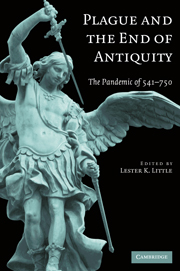
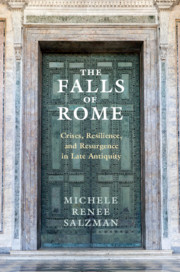
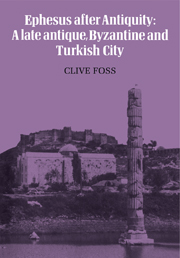

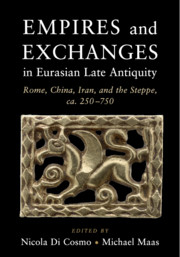

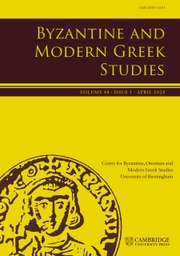
.jpg)
.jpg)
